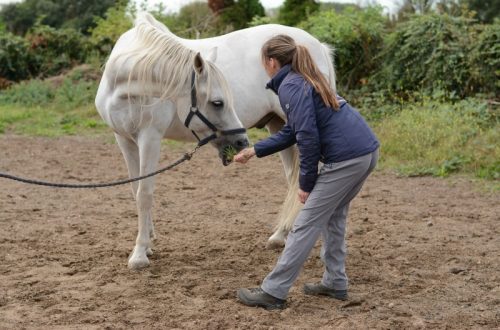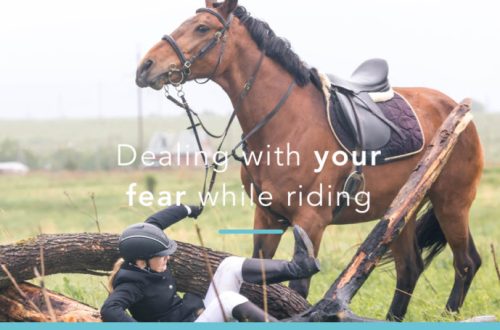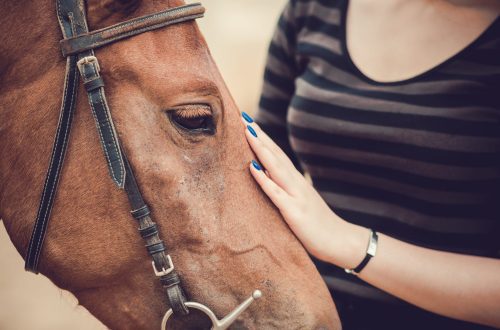
Proper fit: what it is and how to achieve it
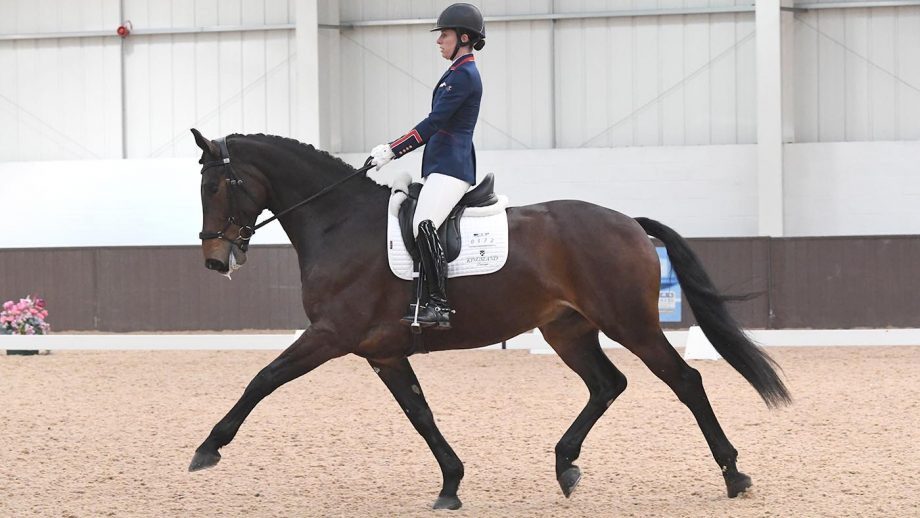
Photo Shoot: www.horseandhound.co.uk
Eurodressage.com spoke with biomechanic expert, athlete and coach Dave Thind about the right fit.
Correct landing
Nothing improves our riding skills like time spent in the saddle. A well-chosen horse and a competent trainer will help you achieve results. As in other sports, the physical fitness of the rider is of great importance. But it is also worth remembering some of the nuances that help to learn to feel the horse, such as, for example, training coordination.
Biomechanics in equestrian sport – the main difficulties
Riders of all equestrian disciplines know the importance of constantly improving their posture. However, most of them work on the ideal position in the saddle, forgetting the fact that riding is not a static posture, but harmonious movement with the horse while performing certain elements.
Perhaps the main problem riders face is the misconception that they should sit straight and even still in the saddle. For a proper landing, you need to move!
Correct posture vs correct position in the saddle
For most people, the phrase “saddle position” means something like where and how level the body is, while the word “seat” conjures up a deeper position in the saddle, similar to the classic ideal that is practiced in lunging training. . The concept of rider position may be limited to the position of the pelvis and lower back, however, when this concept is mentioned in classical texts, it is about the position of the whole body and how it works. The main idea of the seat is to be flexible and follow the horse’s movements, we are constantly trying to improve our seat, which is a subtle instrument of interaction with the horse. Thus, seating is more important than just position in the saddle. These concepts are not equivalent.
It may seem that this is unimportant, but it is not. Replacing one concept with another can cause a significant shift in riding. This is why I rarely use the term “half halt” because, in most cases, it has nothing to do with a halt and can provoke the rider to block the horse’s hind legs instead of changing his balance.
In the book of Gustav Steinbrecht, a well-known professional, the author says:
“Normal seating on a horse does not exist at all, because the rider sits correctly on the horse if the center of gravity of his body coincides with the center of gravity of the horse.” This book is one of the main printed editions of the classical German riding school.
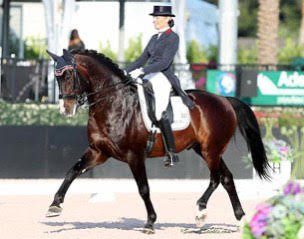
Photo: Eurodressage.com.
And here is what more modern literature says: “Every inch of the rider’s body must be relaxed so that the rider can sit in the saddle, accompanying the movements of the horse, and be in a balanced position. Only in this case it is possible to correctly apply the controls. (Fundamentals of riding, official handbook of the German Equestrian Federation).
It is quite clear that the main idea is that landing is something dynamic. The horse’s center of gravity is constantly changing. Kinetic energy must flow from the horse to the rider. The rider must learn to feel this movement, but this energy must go somewhere!
Coming back to our topic, a dynamic seat is necessary for the horse to move correctly, from the hindquarters, and not be blocked. Unconsciously blocking a horse can cause it to stop moving from the hindquarters, move too short, and the connection with it is not clear, muscle tension will occur, in show jumping this also leads to poor physical condition. If the rider blocks the horse, it becomes unreliable.
By improving your seat, you will create a comfortable environment for the horse. Your interaction with your horse will improve and it will be easier for you to achieve your goals in a harmonious way. And as Christoph Hess recently said, “The most important part of training a horse is to teach its rider the correct position in the saddle. A rider cannot properly work with a horse if he does not sit correctly in the saddle. The rider has to learn how to find the right position in the saddle, to be balanced and relaxed, and to be honest, this is not easy at all.”
In addition, even if you have any pain, tension or fear – all this can be corrected by studying the laws of the body and special exercises. Of course, taking into account your individual characteristics.
Homework
Here are some simple exercises Dave Thind techniques designed to improve your knowledge of the laws of the human body and develop new ways of thinking. We’ll start by experimenting with body scanning and doing some simple balance exercises to keep you flexible while riding.
1. Scanning the body while standing

Stand barefoot on a flat, hard surface. Feel your feet touch the floor. Check if one foot touches the floor harder? Do you rest evenly on the surfaces of both feet, or do you stand more on the inside or outside of one or both feet? If you stood on a scale with each foot, would it show the same value or different? How does what you just found out affect your riding – dressage or show jumping? Just make a conclusion and remember, do not correct.
Take a global assessment of how your body parts are positioned when you are standing. Do you feel that one leg is shorter or longer than the other? Does it feel like one shoulder is higher or lower than the other?
Do you feel like your head is in the middle? And do you feel that the weight of the head is supported evenly by the entire spine and then goes through the pelvis to the legs? It will work or not, but just imagine how something located structurally above is supported by the bones of the skeleton and joints from below and helps your nervous system to let go of some unnecessary, but habitual muscle clamps. Relax and take a walk.
2. We perform exercises for balance
Determine your lead foot and long and short sides.
Stand up straight, slowly raise one hand to the ceiling, accompanying the hand with a look. Repeat with the other hand. Which hand did you instinctively choose first? Is it easier for you to work with this side?
Repeat again with both sides. This time, think about it, do you feel some pressure on one leg? maybe you are transferring weight to the side from which you raise your arm or to the opposite. You may be putting your weight on the same foot all the time (regardless of which arm you raise). This is very important information, thanks to which we can understand which leg you have is leading, and we can draw conclusions about which side you have is short and which is long. This is important for the correct operation of the case, symmetry as such is not our goal, we strive for the same work on both sides.
Repeat again on both sides. Pay attention to which side is it easier for you to perform the exercise and why? Try not to pay attention to it. How smooth are your movements and breathing when you repeat the movement from one side to the other? Can you move and breathe more evenly?
3. Next step.
In the next part, we will do a body scan in the prone position. Practice scanning while standing and lying down more often, and you will notice what will change over time and what will remain the same.
The exercise can be viewed at the link.
Having done this, return to scanning the body and lifting the weight load. Listen to how you feel as you stand and walk. The next time you sit in the saddle, pay attention to how your horse reacts to the added flexibility in your body.
Useful Tips
Move smoothly and enjoy it. Don’t think of something as “right” or “wrong”. Let the changes touch your riding and everyday life without much effort. Our goal is to feed our nervous system with a spectrum of new possibilities.
Do not strain too much and apply significant muscle effort. We do not want your sympathetic nervous system to resist, as it always does when we find it difficult to do something. The same applies to your horse: all important things should be done easily, avoid discomfort.
Source: Eurodressage.com



